Geochang Anti-aging Healing Land (거창 항노화힐링랜드)
7.4Km 2024-12-04
834 Uisangbong-gil, Gajo-myeon, Geochang-gun, Gyeongsangnam-do
Geochang Anti-aging Healing Land, located at the foot of Udusan Mountain (1,046 meters above sea level), is the ideal place for healing and therapy. Visitors can take a walk or join forest-themed experience programs. There is a Y-shaped suspension bridge without pillars, a first in Korea; and a barrier-free boardwalk designed for pedestrian safety and convenience. The forest trails, rich in phytoncide, are good for relieving stress and are the most popular here. There is a native plant garden near Gyeonam Waterfalls, where you can observe rare plants. Geochang Anti-aging Healing Land also has accommodation facilities, such as the Forest Recreation Center and the Forest House. The area is an ideal natural recreational destination, offering picturesque views of Bigyesan Mountain and the beautiful Uisangbong Peak, often referred to as "little Geumgangsan Mountain" due to its unique rock formations.
Udusan Suspension Bridge (우두산 출렁다리 (거창 Y자형 출렁다리))
7.4Km 2024-10-10
830 Uisangbong-gil, Gajo-myeon, Geochang-gun, Gyeongsangnam-do
Udusan Suspension Bridge, situated on Udusan Mountain, named for its resemblance to a cow's head, is positioned halfway up the mountain. The bridge stands 60 meters above ground and spans a total length of 109 meters. Comprising three segments of 45 meters, 24 meters, and 40 meters, it is arranged in a Y-shape and is the only mountain pedestrian bridge in the country that connects three directions across a steep gorge. Crossing the bridge offers scenic views of rocks, waterfalls, and forests.
Gayasan National Park Nature Center (국립공원 가야산생태탐방원)
7.6Km 2024-02-23
313 Bongyang-ro 1-gil, Suryun-myeon, Seongju-gun, Gyeongsangbuk-do
Situated in Gayasan National Park, the Nature Center invites visitors to explore the moutain's ecology. Established in 2018 on the grounds of the former Gaya Farm, it serves as a sanctuary for restoring the body and mind and for finding inspiration amidst nature. Facilities include a dormitory, an education center, a restaurant, a nature walk trail, and an outdoor concert hall. The center's ecotourism programs feature trail trekking and the Yuyujajeok Healing Day, offering activities like soap-making and insect model crafting. Noteworthy nearby sites include Gayasan Wildflower Botanical Garden and the Gayasan History & Myth Hall.
Sangbiwon[Korea Quality] / 생비원[한국관광 품질인증/Korea Quality]
8.2Km 2020-12-10
28, Nori 2-gil, Deokgok-myeon, Goryeong-gun, Gyeongsangbuk-do
+82-10-6732-4578, +82-54-954-1528
Saengbiwon is a traditional hanok pension located 400 m above sea level on Gayasan Mountain, Goryeong, North Gyeongsang Province. Its picturesque front garden, full of clay pots and wildflowers, and the dried persimmon hanging on the porch come fall give the pension a comfortable, idyllic atmosphere. Clear water from the Sangbiri Valley flow near the pension and a footpath along the reservoir offer great opportunities to enjoy the nature of Gayasan Mountain. Opening the window brings one face-to-face with the four seasons of the mountain, while the pavilion in the garden emanates a cool, slow-paced enjoyment of nature. All water used in the pension is drawn from a natural mineral spring 150 m below the land, giving the water a crisp and refreshing taste.
The seven rooms of the pension, including the Dongbaek, Maehwa, Mongnyeon, Moran, and Hwangtobang are furnished with red clay and Cheongsong hanji (Korean traditional paper) interior, giving them a characteristic hanok look. Wooden wardrobes and thick cotton quilts bring in mind the image of a grandmother’s warm house. Two of the rooms are heated with traditional gudeul floor heating, which is a blessing in the biting heat of winter. All rooms have access to Wi-Fi, equipped with modern bathrooms, electric kettle, pressure rice cooker, and simple cooking utensils. Only the Hwangtobang room allows cooking within the room, and guests in other rooms must use the communal kitchen and barbeque areas. There is also an annex, which hosts exclusively group visitors and can be used as a seminar room and a training site. .
Saengbiwon’s other pride is the traditional sauces, made in house for four generations. Visitors can reserve an elegant Korean breakfast, served in brass tableware, made with Saengbiwon’s handmade sauce from Korean soybeans. Saengbiwon also offers programs like sauce-making, Korean malt candy-making, tofu-making, Korean sweets-making, and tea ceremony.
National Center for Forest Therapy, Gimcheon (국립김천치유의숲)
9.8Km 2024-12-04
1237-89 Sudo-gil, Jeungsan-myeon, Gimcheon-si, Gyeongsangbuk-do
+82-54-434-4670
The National Center for Forest Therapy, Gimcheon, is situated at the foot of Sudosan Mountain (800 meters above sea level) in Jeungsan-myeon, Gimcheon-si, Gyeongsangbuk-do. The facility blends well with the beautiful valleys nearby, such as Daegacheon and Muheulgugok Valleys. You can enjoy the superb scenery throughout the year. It is the ideal spot for anyone, including families, looking for relaxation and healing. Notably, the seven-hector birch forest and the 100-year-old nut pine forest create a beautiful landscape, making it one of the top eight sights in Gimcheon. The area was chosen as one of the 100 premium forests in Korea (Danjibong Forest), and its trail was chosen as one of the most beautiful forest trails in Gimcheon. The center runs various forest therapy programs for physical and mental health, leveraging forest healing elements such as scents, sceneries, and anions.
Pocheongyegok Valley (포천계곡)
11.3Km 2021-02-18
Hwajuk-ri, Seongju-gun, Gyeongsangbuk-do
+82-54-930-8371
Pocheongyegok Valley is a representative valley of Gayasan Mountain with clear water and a lush forest. The valley used to be a learning place for local scholars in the old days. Eungwa Lee Wonjo, a civil minister and a great scholar during the late Joseon period, spent the later years of his life at Mangwijeong Pavilion located along the upper steam near a small waterfall. The beautiful valley scenery stretches over 7 kilometers.
Daegacheongyeogok Valley (Muheulgugok) (대가천계곡(무흘구곡))
11.3Km 2024-02-23
Sincheong-ri, Suryun-myeon, Seongju-gun, Gyeongsangbuk-do
Daegacheongyeogok Valley starts just past Seongju Dam and winds its way towards Cheongamsagyegok Valley in Gimcheon city. The valley's crystal-clear waters, combined with its unique rock formation, creates a spectacular view. Its broad expanse, gentle flow, and shallow depths make it a popular summer getaway. Lifeguards are on duty from early June to late August, providing safety for visitors. Additionally, the nearby Gayasan Mountain and Dogyongsanseong Fortress are worth exploring.
Odosan Healing Forest (오도산 치유의 숲)
15.8Km 2024-12-12
398, Odosanhyuyang-ro, Bongsan-myeon, Hapcheon-gun, Gyeongsangnam-do
+82-55-930-3742
Odosan Healing Forest is nestled at the foot of the tall Odosan Mountain (1,133 meters above sea level) in Hapcheon. The mountain spans the areas covering Gajo-myeon in Geochang-gun, Gyeongsangnam-do and Myosan-myeon and Bongsan-myeon in Hapcheon-gun, Gyeongsangnam-do. Odosan is at the end of the Gayasan Mountain Range along with Dumusan Mountain (1,039 meters above sea level), which is situated 2 kilometers to the northeast. North of Odosan Healing Forest, you will find Haeinsa Temple, home to the Tripitaka Koreana and one of the three major temples in Korea, as well as Gayasan Mountain, and Maehwasan Mountain. Hapcheonho Lake is south of the forest, so there are several tourist destinations in the area and the natural landscape is superb. The azaleas and royal azaleas are in full bloom in spring; cool valley waters can be enjoyed in summer; and the mountain's colorful fall foliage is as beautiful as that of Naejangsan Mountain, a renowned spot to enjoy autumn colors. You can enjoy mountain climbing along the valley surrounded by thick forests. It is said that Doseon, a well-known monk from the late Silla Dynasty, was fascinated by the energy and beauty of Odosan Mountain and practiced asceticism there.
Enjoying the Odosan Recreational Forest
Convenient facilities unfold along the valley within the Odosan Recreational Forest, such as the visitor information center, forest cabins, a communal kitchen, camp decks, campsites, etc. Notably, the hiking trail behind the forest cabins follows the clear stream that flows year-round, leading to Sukseongsan Peak, a small peak on the slope of Odosan Mountain. The trail overlooks Hapcheonho Lake and offers hikers a beautiful view. Odosan Recreational Forest consists of dense natural forests filled with pine and oak trees that are 20 to 50 years old. Also, a variety of vegetation, including the wild cherry, crimson glory vine (called meoru in Korea), and kiwiberry vine (called darae in Korea), as well as herbaceous plants can be found here. This makes it an ideal site for students, including teenagers, to learn about nature.
Jisandong Ancient Tombs (고령 지산동 고분군)
16.8Km 2020-02-10
San 23-1, Jisan-ri, Goryeong-eup, Goryeong-gun, Gyeongsangbuk-do
+82-54-950-6363
Goryeong was the old capital of Daegaya (42-562 AD), a city-state of the Gaya confederacy that once spanned the region now occupied by Gyeongsangnam-do Province to the south of the Korean peninsula. The city of Goryeong played such a central role in the development of the confederacy that many artifacts and historic sites of the Daegaya period can still be found there today.
Some of the most prominent landmarks are the 200 gobuns (ancient tombs) that lie along the southeastern slope of Jusan Mountain in Goryeong. In ancient times, the higher and larger a tomb, the higher the social status of the person buried inside. Given this tradition and historical evidence, the largest tomb in the south has been identified as Geumnim Wangneung (Royal Tomb of King Geumnim); the other large tombs are also presumed to be those of the kings of Daegaya. The large royal tombs (over 20m in diameter) dominate the mountain ridge (the highest point) while mid-sized and smaller tombs can be found on the mountain slopes and foothills.
Historical research on Daegaya began with the excavation and partial identification of the ancient tombs of Goryeong by research teams from Kyungpook National University and Keimyung University in 1977. Excavators discovered a great number of relics—gilt-bronze crowns, swords, armor, and trinkets of gold, silver, and jade—that shed light on the flourishing culture of Gaya.
To continue to encourage interest in the history and culture of Daegaya, officials of Goryeong-gun County established the Daegaya Royal Tomb Exhibit Hall at the foot of Jusan Mountain in Gobun-gun, Jisan-dong. The exhibition hall depicts the social structure of the era through ancient customs such as burying servants alive with their dead masters.
Ureuk Museum (우륵박물관)
16.8Km 2021-01-07
98, Gayageum-gil, Goryeong-gun, Gyeongsangbuk-do
+82-54-950-7136
Ureuk Museum is a museum dedicated to gayageum, a traditional Korean twelve-stringed instrument, and Ureuk, the inventor of the gayageum and a great musician. The only museum of its kind, Ureuk Museum excavates, collects, preserves, and displays pieces that help visitors more deeply appreciate the beauty and history of the gayageum.
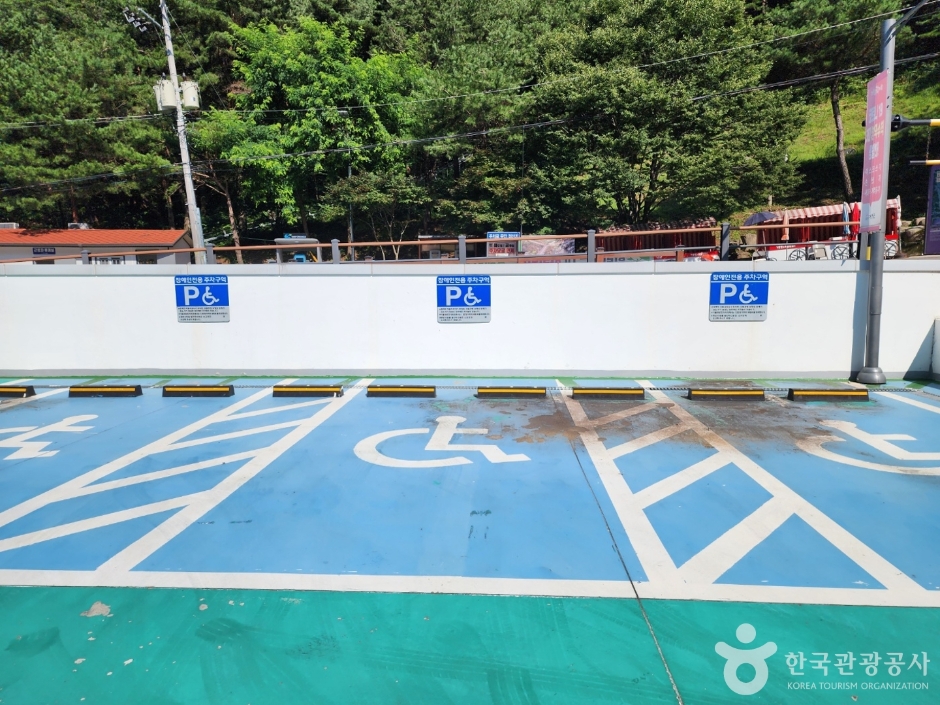

![Sangbiwon[Korea Quality] / 생비원[한국관광 품질인증/Korea Quality]](http://tong.visitkorea.or.kr/cms/resource/83/2651483_image2_1.jpg)
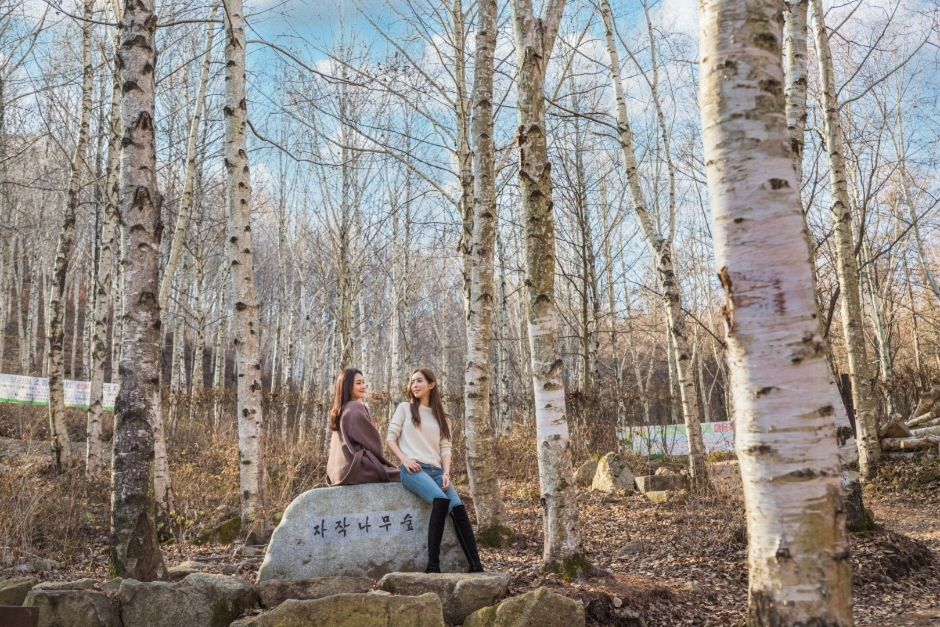
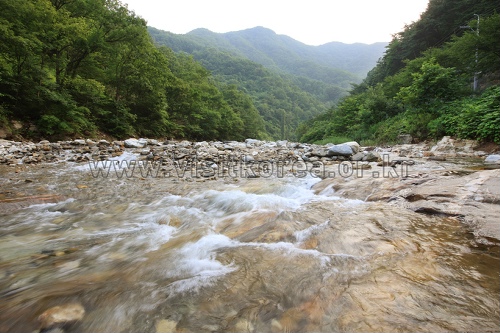
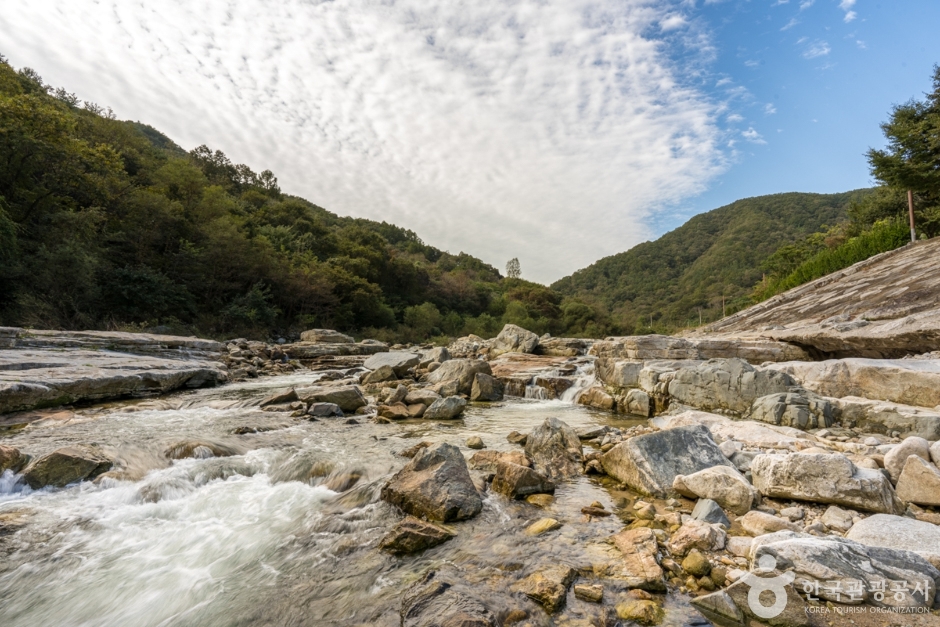
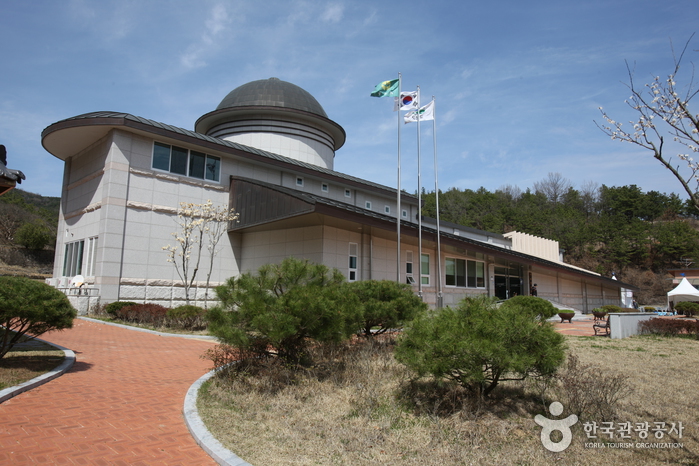
 English
English
 한국어
한국어 日本語
日本語 中文(简体)
中文(简体) Deutsch
Deutsch Français
Français Español
Español Русский
Русский